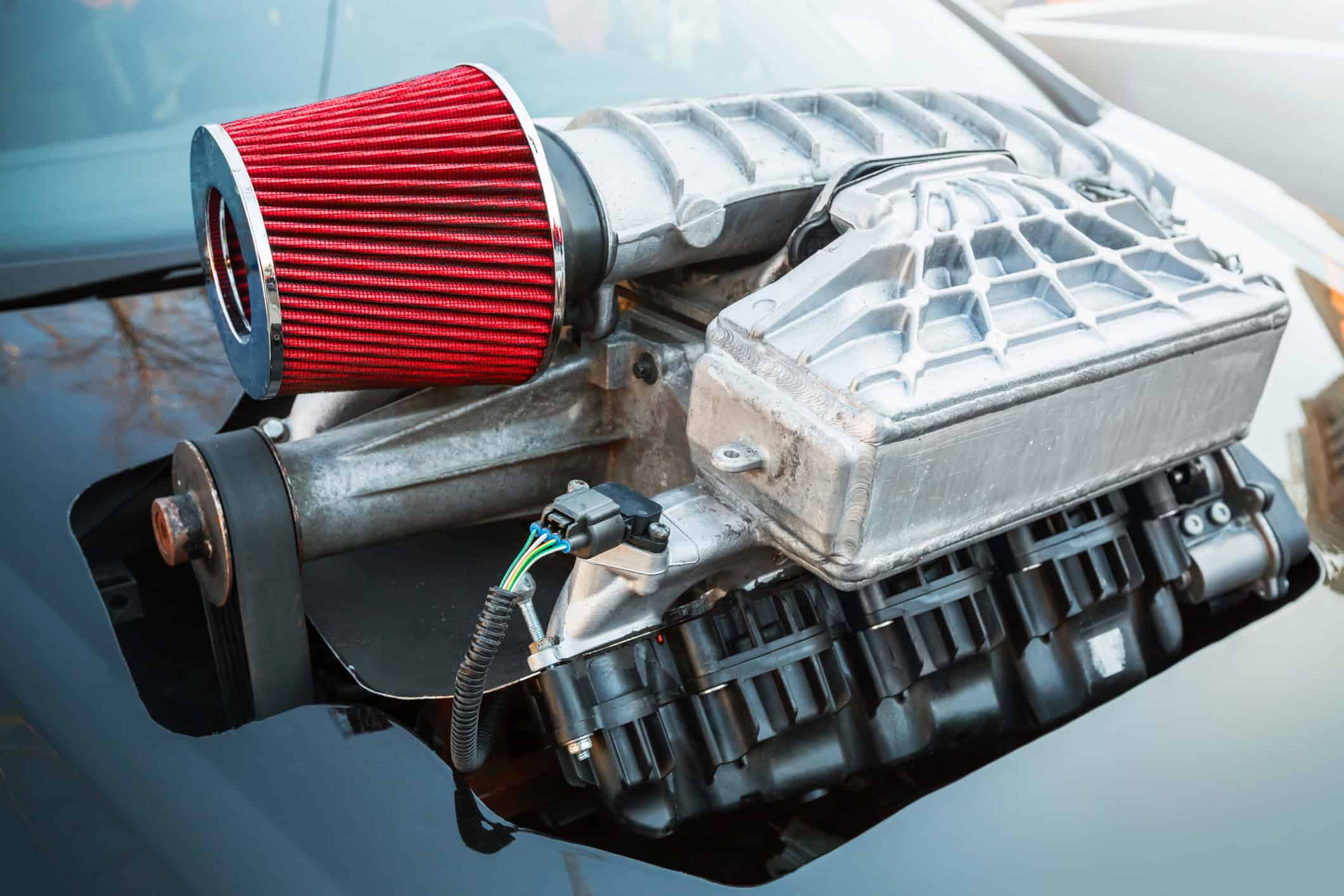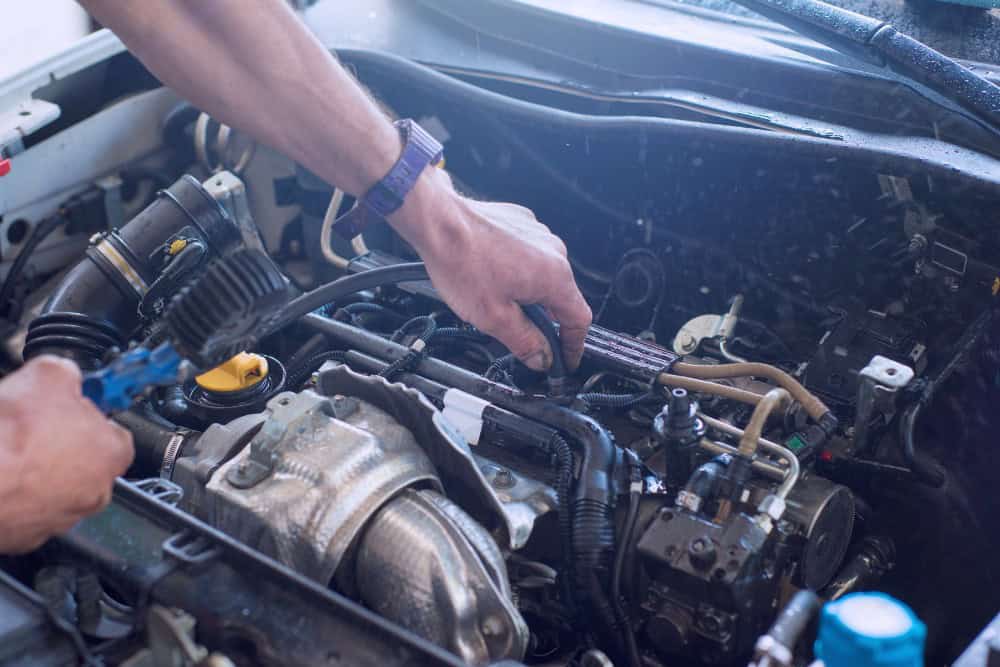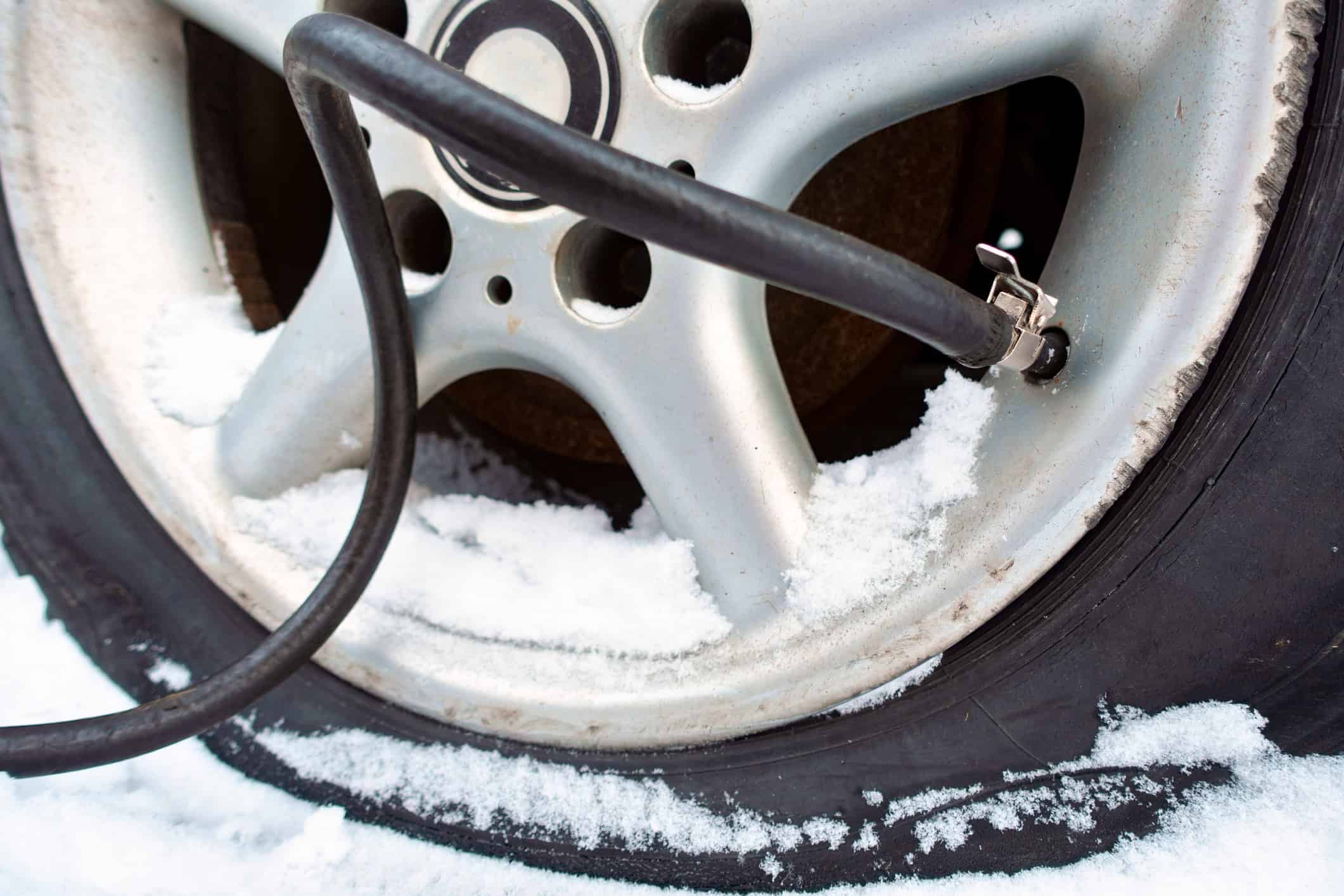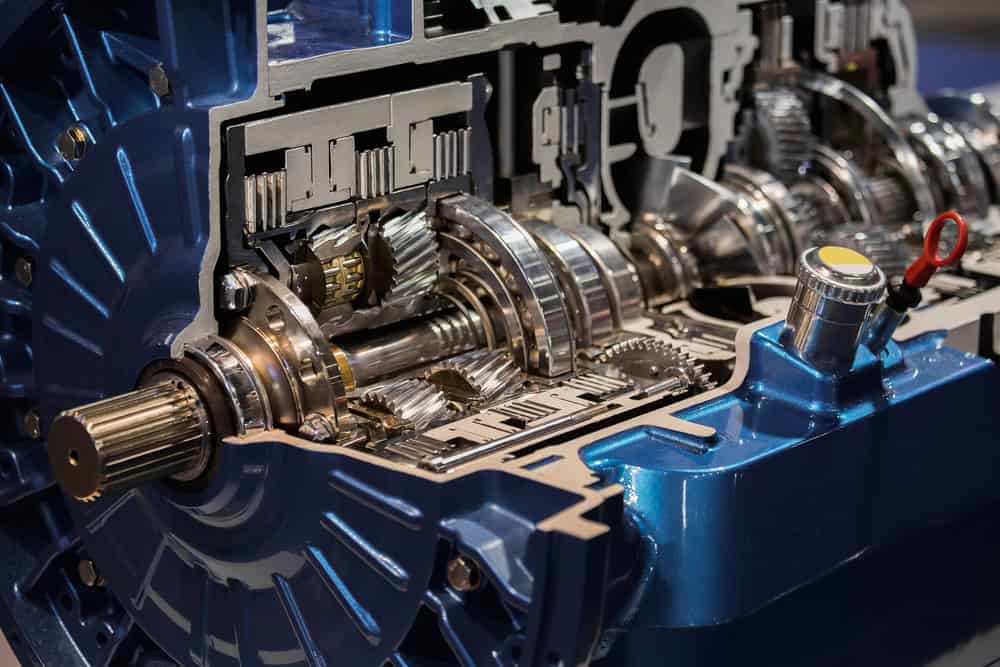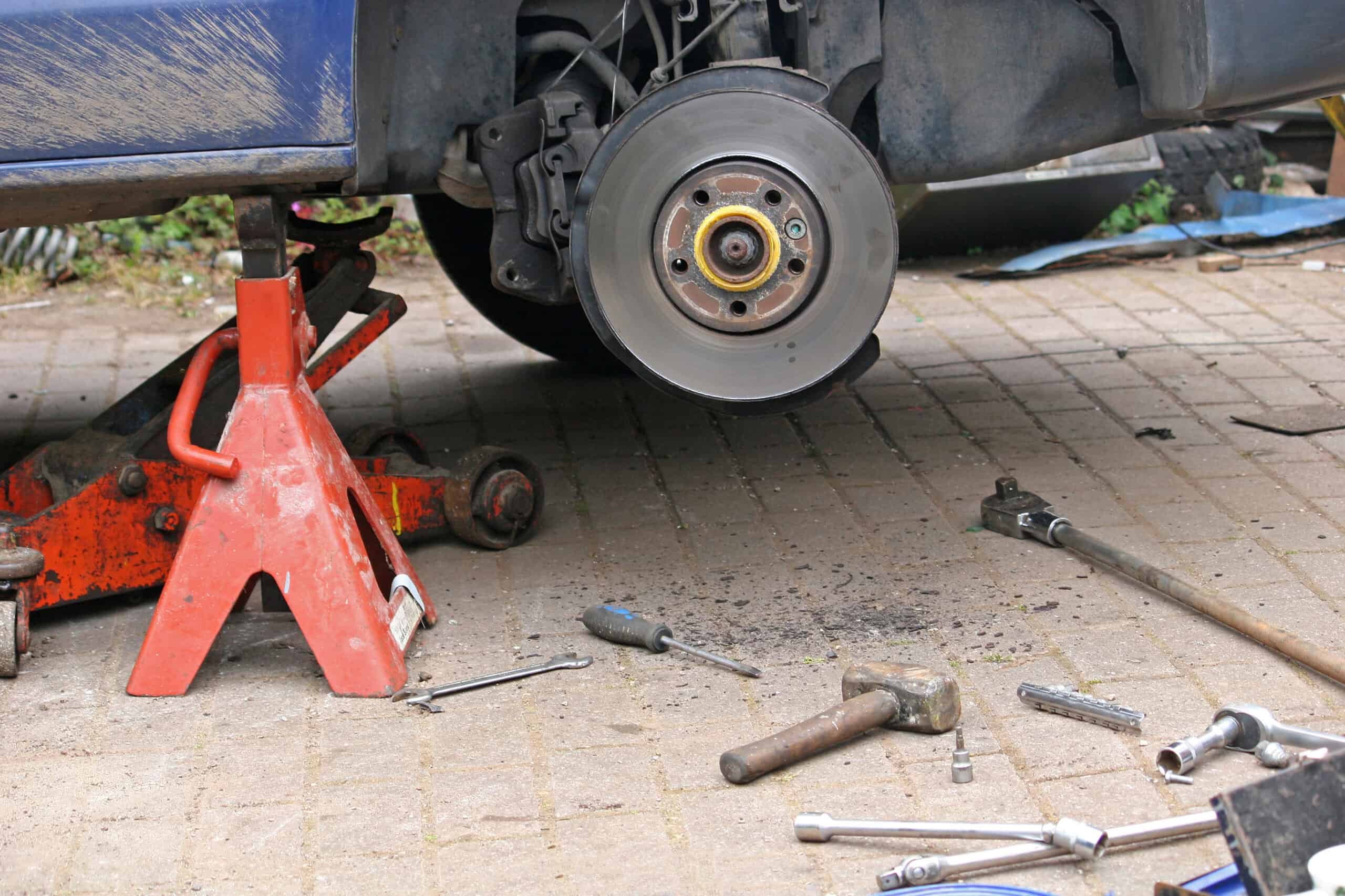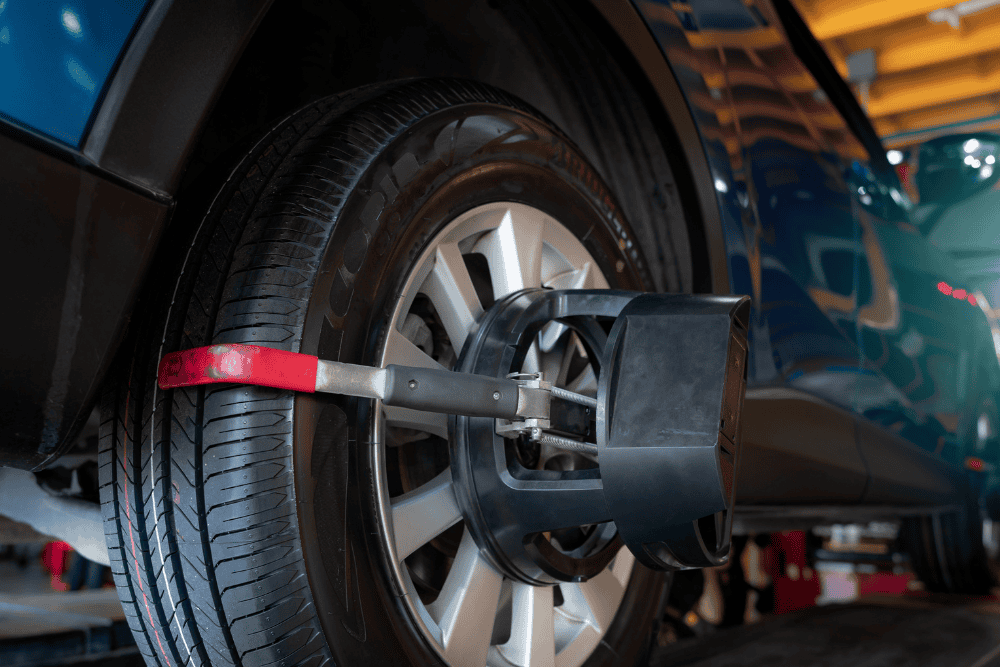Your car’s engine is its heart, and regular oil changes are the lifeblood that keeps it running smoothly. While it may seem like a routine task, staying on top of oil changes is one of the most important things you can do to protect your vehicle and avoid costly repairs. At Cloverdale Auto Service, we know how essential this maintenance step is, and here’s why you should never skip it.
Why Oil Changes Matter
Oil plays a crucial role in keeping your engine healthy. It lubricates the moving parts, reduces friction, and helps prevent overheating. Over time, however, oil becomes contaminated with dirt, debris, and other particles, reducing its effectiveness. If left unchanged, dirty oil can lead to engine wear, overheating, and even complete engine failure. Routine oil changes remove these contaminants, ensuring your engine continues to function efficiently.
How Often Should You Change Your Oil?
The general recommendation for oil changes used to be every 3,000 miles, but modern vehicles often have longer intervals. Depending on your car’s make and model, and whether you use synthetic or conventional oil, you might be able to go 5,000 to 7,500 miles between changes. Always refer to your owner’s manual or consult the professionals at Cloverdale Auto Service for guidance tailored to your vehicle. Neglecting these intervals can increase wear on engine components and reduce overall performance.
Signs You Need an Oil Change
Sometimes, your car will give you hints that it’s time for an oil change. Keep an eye out for these warning signs:
- Check Engine or Oil Light: These dashboard indicators shouldn’t be ignored.
- Unusual Engine Noise: Old oil can’t lubricate properly, leading to increased friction and engine noise.
- Exhaust Smoke: Excessive smoke from your tailpipe could mean it’s time for fresh oil.
- Dirty Oil: Check the oil on your dipstick. If it’s dark and gritty, it’s time for a change.
Regular monitoring of these signs can prevent long-term damage and save you money on repairs.
Benefits of Regular Oil Changes
1. Improved Engine Performance
Fresh oil ensures that all engine parts are well-lubricated, reducing wear and tear and helping your car run more efficiently.
2. Better Gas Mileage
Dirty oil forces your engine to work harder, which can reduce fuel efficiency. Regular oil changes keep your engine running at its best.
3. Extended Engine Life
Routine oil changes prevent sludge buildup and protect vital engine components, ultimately extending the life of your vehicle.
4. Prevents Overheating
Oil absorbs heat from the engine, preventing it from overheating. Old, degraded oil can’t perform this function effectively.
Why Choose Cloverdale Auto Service for Your Oil Changes?
At Cloverdale Auto Service, we go beyond a simple oil change. Our team of skilled technicians thoroughly inspects your vehicle during each visit, checking for potential issues that could cause problems down the road. We use high-quality oils and filters to ensure your engine gets the best protection possible. By trusting us, you’re not just getting an oil change—you’re investing in your car’s long-term health and reliability.
DIY vs. Professional Oil Changes
While some car owners prefer to change their oil at home, there are clear advantages to trusting a professional:
- Proper Disposal: We ensure used oil is disposed of in an environmentally friendly way.
- Expert Eyes: Our technicians can spot issues like leaks or worn belts during your visit.
- Time-Saving: Skip the hassle and let us handle everything while you relax.
DIY oil changes might seem convenient, but professional services provide the added assurance that your car is in top condition.
Conclusion
Regular oil changes are a simple but essential way to protect your car’s engine and save money on repairs in the long run. At Cloverdale Auto Service, we make it easy to keep your vehicle in top shape. Schedule your next oil change with us and experience the difference professional care can make. Whether it’s routine maintenance or comprehensive inspections, we’re here to ensure your car stays reliable and safe on the road.

